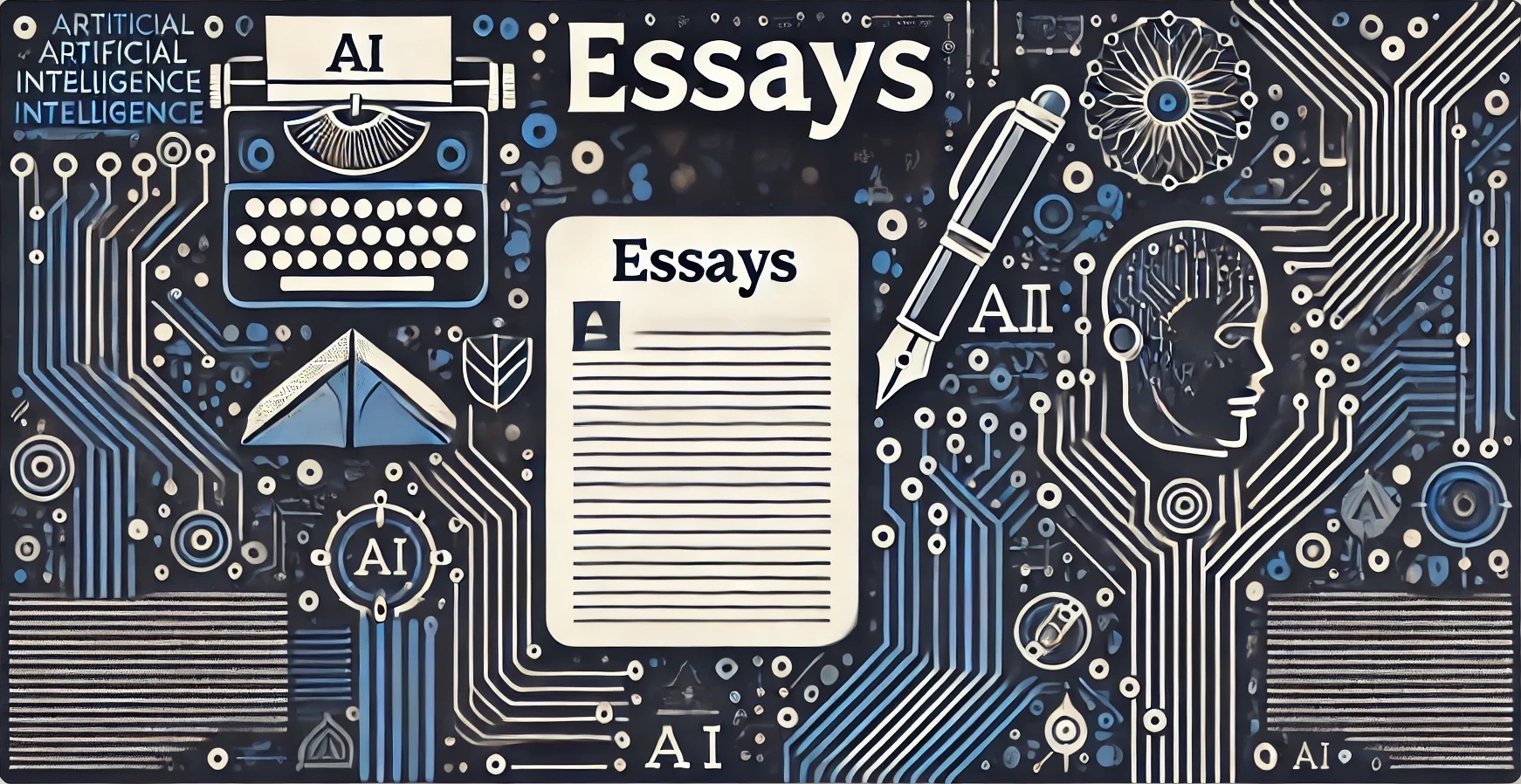College life is a time for growth, learning, and enjoying new experiences. But assignments like essay writing can make it stressful. If you’re exploring ChatGPT for help with college papers, it’s crucial to use it responsibly. This guide walks you through a structured, effective way to get the most from ChatGPT without compromising your academic integrity.
College paper help: ChatGPT to the rescue
ChatGPT is a helpful support tool for brainstorming, outlining, and refining your writing. However, it’s essential to approach it correctly to ensure quality, originality, and academic honesty. When used well, ChatGPT acts like a study partner, providing useful feedback without replacing your own efforts.
Here’s a step-by-step guide to getting the most from ChatGPT in each phase of the writing process.
1. Assessing marking criteria
Understanding the grading criteria for your paper is the first step to a successful essay. ChatGPT can help interpret marking rubrics, making it easier to see what’s expected for a high-grade submission. Clear guidance on expectations—such as critical thinking, structure, and originality—helps you align your work with what your professor wants.
Example prompts:
- “Explain the typical grading criteria for an [essay type] paper and how each part contributes to a high score.”
- “Assess the description of my assignment and pull out key information about the likely marking criteria. [add assignment details]”
- “How should I prioritize critical thinking, structure, and evidence in an analytical essay?”
These prompts guide ChatGPT to give you clear, actionable advice on meeting grading standards.
2. Understanding different essay types
Each essay type, be it narrative, analytical, persuasive, or descriptive, has distinct goals, structures, and styles. ChatGPT can help clarify these differences, so you start with a clear understanding of the format and approach needed for each.
Example prompts:
- “Give me a breakdown of the main characteristics and purpose of a narrative essay versus an analytical essay.”
- “Explain the structure and goals of a persuasive essay, focusing on how to build a compelling argument.”
- “How should a descriptive essay be organized, and what elements make it stand out?”
With these insights, you can confidently approach any assignment, knowing exactly what’s required to match the essay type.
3. Planning your essay structure
A clear structure is essential to guide the reader through your argument and make your essay easier to follow. ChatGPT can help you create an outline, covering all main sections and ensuring logical flow.
Example prompts:
- “Help me create an outline for a high-grade personal essay on [specific topic]. Include sections for introduction, main points, and conclusion.”
- “What are the typical sections in an analytical essay, and how should I structure them for clarity and flow?”
- “Suggest a roadmap for a persuasive essay on [topic], including key arguments and supporting evidence.”
These prompts will help ChatGPT generate a strong framework for your paper, keeping it organized and cohesive from start to finish.
4. Writing with the right prompts
Using ChatGPT to assist with writing requires specific prompts to keep control over the content. Rather than having ChatGPT draft your entire essay, use it to generate ideas, suggest phrasing, or develop individual parts of the paper. This approach ensures the ideas and analysis remain authentically yours.
Example prompts:
- “Suggest a few possible thesis statements for a persuasive essay on [topic].”
- “Write a sample introductory paragraph for an analytical essay on [topic], focusing on setting up the main argument.”
- “How can I phrase my argument in a compelling way for an argumentative essay on [topic]? Provide three examples.”
These targeted prompts give you phrasing and structure ideas without doing all the work for you, making it easier to maintain academic integrity.
5. Proofreading and sense-checking
Once you have a draft, ChatGPT can help refine it by identifying errors, improving clarity, and enhancing flow. This step helps catch minor issues that might distract readers and ensures that each section logically leads to the next.
Example prompts:
- “Proofread this paragraph for grammar, clarity, and flow, and suggest improvements where needed.”
- “Review this argument in my essay. Does it logically follow from the previous paragraph?”
- “Suggest ways to make this section more concise without losing detail or clarity.”
These prompts encourage ChatGPT to give constructive feedback that makes your essay more polished and easier to read.
6. Fact-checking for accuracy
Accuracy is critical in college essays, especially for research-based or argumentative pieces. ChatGPT can generate ideas and summarize information, but it’s not always accurate or up-to-date. Always verify data, statistics, or quotes to maintain credibility.
Example prompts:
- “Suggest reputable sources I could use to verify the data in this section on [topic].”
- “Provide a general summary of key statistics on [topic] that I should verify with official sources.”
- “What are some trusted references for my research on [subject]?”
While ChatGPT offers helpful overviews, cross-checking with credible sources will ensure the accuracy and reliability of your work.
Use ChatGPT for college essay writing help responsibly
Using ChatGPT responsibly can streamline the writing process, making research and organization easier. By following these steps, you ensure your work remains original, accurate, and aligned with academic standards. ChatGPT is a powerful tool, but ultimately, your insight and integrity are what make your writing stand out.
